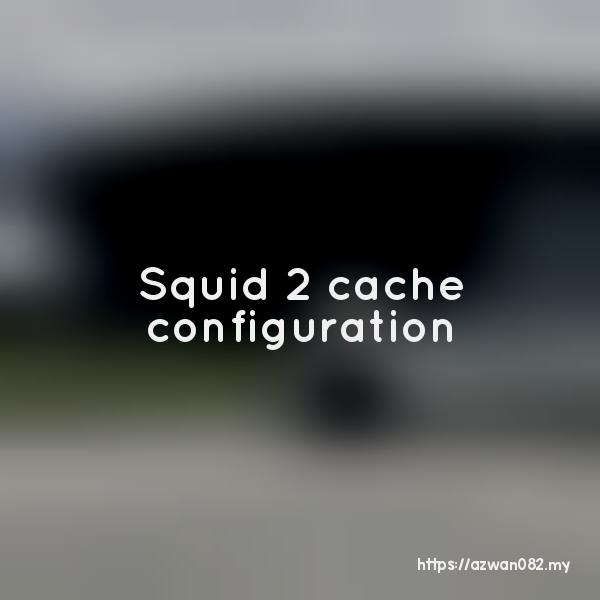OOP the right way
Khamis, 15 November 2012, 9:36 pm0
Most of tutorials on object oriented programming tells the reader about how to do it rather than why we have to write it that way. This post attempts to explain why we write object oriented code the way it is.
Why object oriented? Object oriented is a way to write an application in components to reduce code repetition, enhance maintainability (able to unit test) & to let developer to focus on specific parts of app (separation of concern). Therefore, an app must be structured into components (component-based application).
In explaining class & objects in oop, it’s better to use real world example. Here I’ll take cache component of a web application. The basic functionality of cache component is to store app level data into temporary storage & retrieve it quickly. Now we can assume the basic class of a cache component is like this:
class Cache {
public function get($key) {}
public function set($key, $data, $expired) {}
public function delete($key) {}
}
Notice we’re using public method. Public methods are used to expose functionality of a component for other components to use. This is the basic of designing an API, we’re defining how to use a component, what input it receives & what the output it’s expected to produce
class Cache {
/**
* @param string $key
* @return array|false
*/
public function get($key) {}
/**
* @param string $key
* @param mixed $data
* @param string|int $expired
*/
public function set($key, $data, $expired) {}
// ...
}
How about the implementation? We know that cache component can use many types of backend, such as file based, SQLite, Memcached, Redis etc. Here is where inheritance is useful. Inheritance is used to either implement methods to a specific condition or to change the way data is processed (override).
class Cache {
// ... public methods ...
protected function purge() {}
protected function getExpirationTime() {}
protected function formatInputData() {}
protected function formatOutputData() {}
}
Here we are using protected method. Protected is used on methods that are not going to be used by other components – these methods are going to be override by child class & used within the class itself. Let’s take a look at the example of child class implementations:
// using sqlite backend
class SQLiteCache extends Cache {
private $connection;
public function __construct() {
parent::__construct();
$this->connect();
}
private function connect() {
// connect to database
$this->connection = new PDO('sqlite::memory:');
}
}
// using memcached backend
class MemcachedCache extends Cache {}
// using file-based backend
class FileCache extends Cache {
// expose specific hidden methods to let extended class
// to manipulate the data based on its backend
protected function formatInputData() {
if (!is_string($this->data)) {
$this->data = serialize($this->data);
}
}
}
In SQLiteCache class, it has its own connect() method, that’s going to be used in this class only. That’s why it’s declared private. We may have connect() method in MemcachedCache to connect to memcached server, however the implementation is totally different from SQLiteCache, so we may write those methods separately without needing a parent class. Only create a parent class to combine child classes that has similar code (reduce code repetition).
In FileCache, we’re implementing formatInputData() because we couldn’t store PHP variable other than strings into file, so we serialize() the vars. This is the appropriate way to implement hook pattern (like in WordPress). Since this methods is declared in our base Cache class, this method can be called before storing the data into cache store, with different type of backend may already manipulate the data format to suite the backend requirement.
Let’s say this code is packaged in a module released by other developer and we’re not satisfied with the MemcachedCache implementation, we can extends that class and write our own implementation. This way, we’re not disturbing the module code & it’s important so that we don’t have to hack the module code again every time we want to update it.
class BetterMemcachedCache extends MemcachedCache {
protected function getExpirationTime() {
// return time-to-live instead of expiration timestamp
return strtotime($this->expired, 0);
}
}
Summary: Write OOP code in components, public methods are the API of the components, protected methods are for specific implementation & private methods are for usage within that class only. In general, we may have a lot of protected methods (to achieve hook pattern) and a few private methods (only to group repetitious code).
Designing web page for Android webview
6 November 2012









